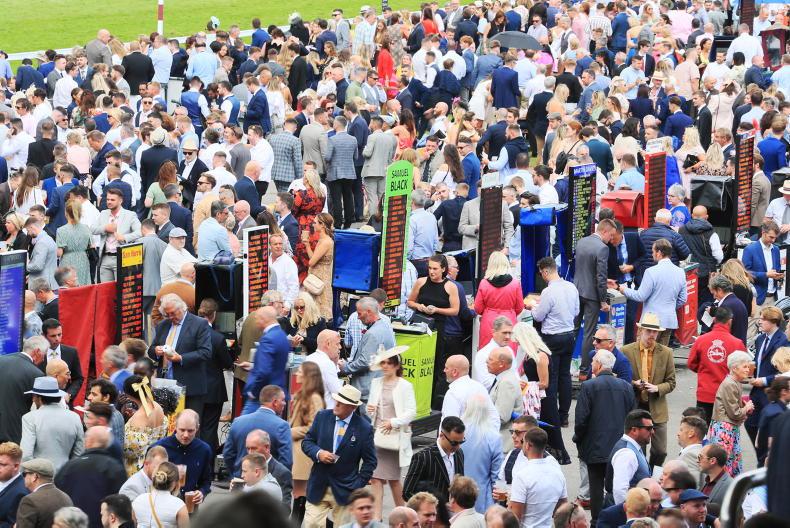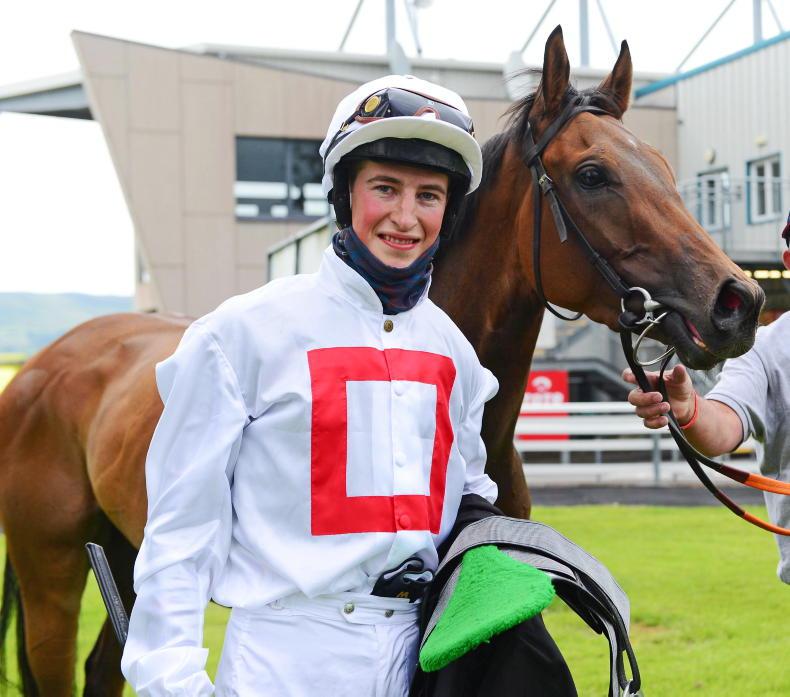WHEN I made my move to England in early June it didn’t take me long to see some of the differences between the countries as a result of Covid.
There was not the same obsession in the UK media regarding Covid numbers I was able to travel to England without any restrictions, quarantine or testing but I knew making a trip home at that stage was not going to be so easy as would require testing prior to travel and self-isolation after arrival.
I did realise that when these travel restrictions were eased, it would be on the basis of vaccination status so I decided that I would seek to be vaccinated at the first opportunity and I was lucky to be able to get my first jab at a walk-in Clinic in Newmarket in mid-June and then thanks to Dr. Jerry Hill, the BHA Chief Medical Advisor, I got my second dose at Chelmsford Racecourse in mid-July.
Dr. Hill was very proactive in trying to get jockeys vaccinated prior to the full reopening in England and initially the numbers of vaccinated jockeys were quite low, probably as a result of the younger age profile of jockeys meaning that many were in the later age groups for vaccination.

It was also very hard for jockeys to make an appointment for vaccination as they often do not know their racing engagements until 48 hours beforehand and nobody wants to turn down rides.
To that end, Dr. Hill even arranged a special vaccination clinic for jockeys during one of the Chelmsford race-meetings which was very successful.
Thankfully now that I am fully vaccinated, I am no longer bound by travel restrictions and this enabled me to comeback and ride at Galway on the Sunday.
Different
When I left Ireland in early June, owners were still not back at the races and while there were still some race-day restrictions in place in England, the environment was totally different.
We had to do a pre-race screening questionnaire similar to one at home which was e-mailed to us after declarations but the big difference was that, not alone were owners in attendance but there were also allowed 4,000 spectators at normal race days although tickets had to be booked in advance. (While I wasn’t at Royal Ascot it was staged as a trial with 12,000 in attendance on each of the five days).

There was a separate “green zone” for the professionals and we were not using the normal jockeys changing-room. However, the owners were allowed access to the parade-ring before and after the race (with face-coverings), something I had not seen for quite a while.
While my first couple of rides were at weekday afternoon meetings at places like Chelmsford and Nottingham, the difference became really apparent when I rode at an evening meeting in Newbury.
For the first time in a long time I experienced the buzz of a crowd at the races.
It was actually a thrill to experience spectators at the races, see them outdoors having a drink, socialising, listening to a bit of music between races and all unmasked.
The nicest thing however was to hear the crowd cheering at the finish, something I had not heard for quite a while.
At that stage the jockeys were still obliged to wear face coverings, other than during the race and until we left our zone at the end of the day.
Removed
On July 19th, so called Freedom Day, most of the remaining restrictions were removed and there are now no limits on the crowds allowed at a race-meeting in England and Wales and the pre-booking of tickets is no longer necessary although racegoers are still obliged to wear face-coverings at the Welsh tracks in crowded indoor spaces except if eating or drinking.
The Scottish Devolved Government does still have a restriction of 5,000 people on race meetings but Scottish racecourses can apply to their local council for larger numbers for their bigger days if they wish.
We are now back in the normal jockeys’ room although we are still asked to wear masks and exercise distancing of one metre during the time that we are within the weigh-room complex and entry to the weigh-room complex is restricted to the select few who need to be there.
The pre-race screening questionnaires are also discontinued and the BHA Covid-19 Helpdesk even closed yesterday.
Large crowds
The post-race concerts have even restarted and when I rode recently at Bath and Lingfield there were very large crowds in attendance with the Kaiser Chiefs and UB40 playing while Jess Glynne played at both Newmarket and Lingfield last week.
In fact, other than the wearing of the face-coverings in the weigh-room, the race-day experience is pretty much back to what it was pre-Covid.
Jennifer Pugh and her IHRB team were incredible at guiding us thorough last year. But was quite a culture shock to return to Galway Races in early August and to see the severe restrictions on numbers that racecourses in Ireland still have to comply with and also to see that the small numbers in attendance were still obliged to wear face coverings outdoors and that all indoor facilities are still closed.
Two significant changes that have occurred in the UK as a result of Covid that are still in place and that are of great benefit to, and supported by the vast majority of riders are the restriction whereby a jockey is now only allowed to ride at one race meeting per day and there is an additional 3lb allowance to riders at the scales to compensate for the fact that the racecourse saunas will remain closed.
Both of those factors have greatly improved the lifestyle and well-being of jockeys and the PJA have supported their continuance.